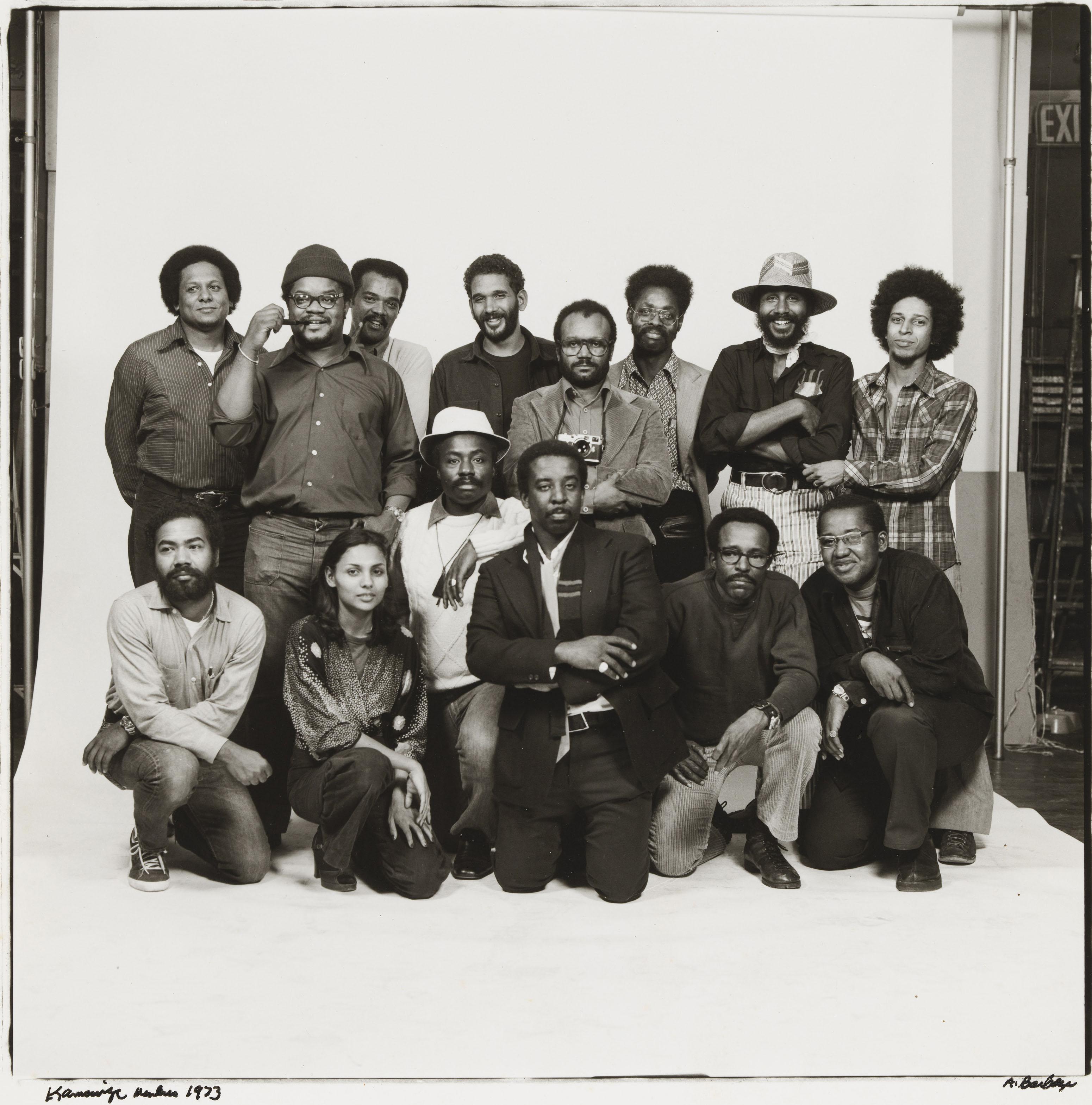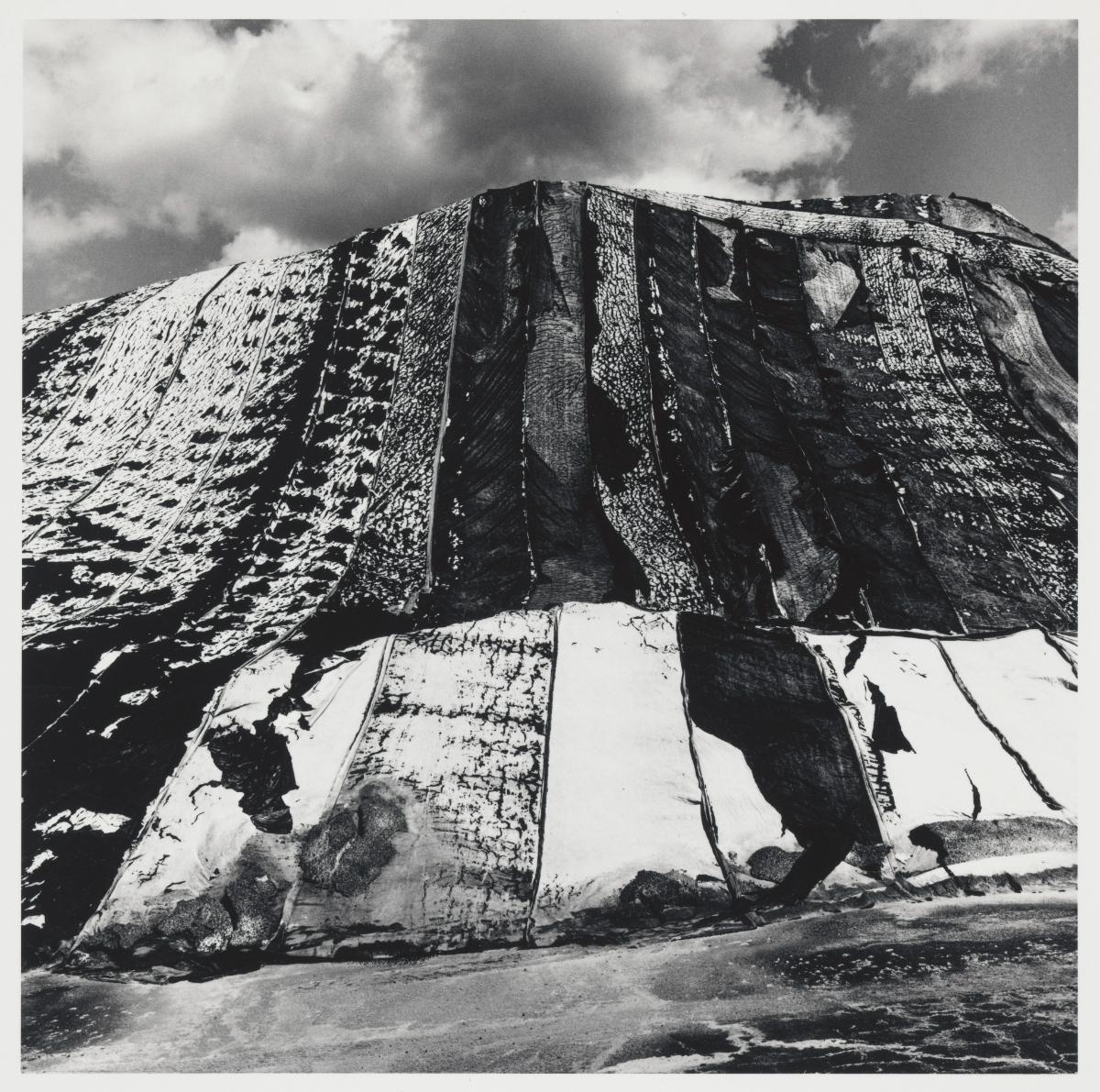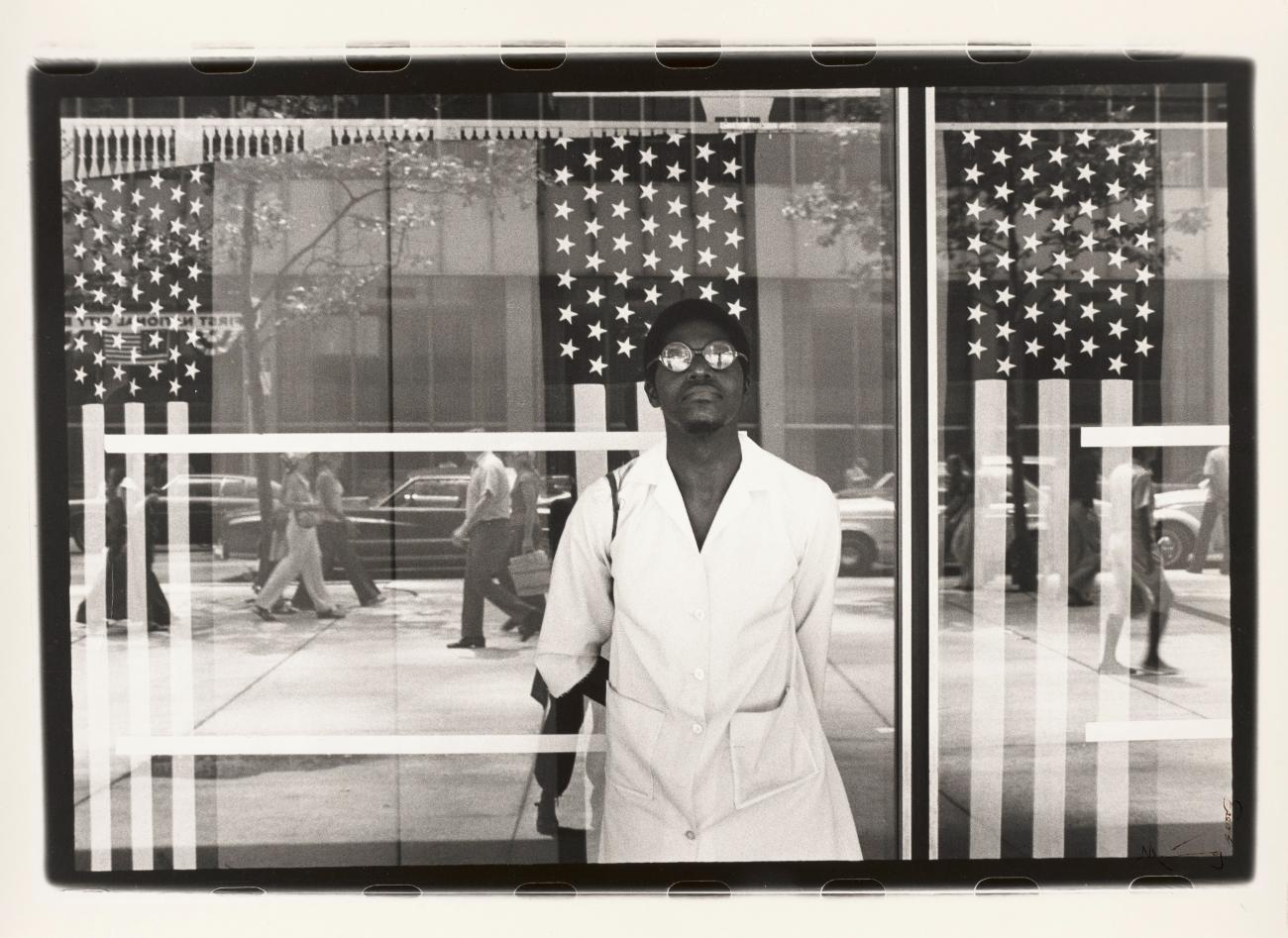Though each member of the Workshop developed a unique aesthetic approach and an independent photography career, they shared a perspective echoed in founding member Louis Draper’s statement: “we speak of our lives as only we can.” Highlighting the artists’ distinct visual voices as well as their collective concerns, Working Together primarily includes works from the Virginia Museum of Fine Arts as well as a selection of photographs unique to the Whitney’s presentation, many of which were recently acquired for the Whitney’s permanent collection. These works, as well as archival materials, foreground the achievements of fourteen early members who joined the collective between 1963 and 1972: Anthony Barboza, Adger Cowans, Daniel Dawson, Louis Draper, Al Fennar, Ray Francis, Herman Howard, Jimmie Mannas, Herb Randall, Herb Robinson, Beuford Smith, Ming Smith, Shawn Walker, and Calvin Wilson. Nearly sixty years after the Workshop’s formation, their photography, self-organizing, commitment to community, and centering of Black experiences still resonate profoundly.
“We are honored to present this powerful body of work that demonstrates both the aesthetic innovation and social engagement of these remarkable artists,” said Scott Rothkopf, Senior Deputy Director and Nancy and Steve Crown Family Chief Curator. “We are especially excited to be able to feature many recent acquisitions to our permanent collection in Working Together. And I am pleased that our commitment to Black photographers will continue this April when Working Together is followed by the retrospective Dawoud Bey: An American Project. Bey has long acknowledged the great influence of the Kamoinge photographers, and together these two shows will trace a creative genealogy across half a century.”
“It’s a privilege to present this exhibition in New York where the collective was founded, and where much of the artists’ influential, early work was created,” said Carrie Springer, assistant curator. “Each artist had his or her own sensibility and independent career, but they shared a commitment to photography as an art form, and the exhibition demonstrates their insightful and inventive portrayal of the communities they saw and participated in. As Louis Draper said in an introductory statement to Kamoinge Workshop Portfolio No. 1, the Kamoinge artists' ‘creative objectives reflect a concern for truth about the world, about the society and about themselves.’ The photographs of these artists are as significant to the history of photography as they are to the current moment."
Organized thematically, Working Together presents insightful images of Black Americans that were largely lacking from contemporary mainstream publications, galleries, and museums. Working Together highlights Kamoinge artists’ portrayal of the day-to-day life of people of all ages within the city and elsewhere at play, work, rest, or travel, and among these photographs are intimate depictions of friends and acquaintances in portraits and interior views that reflect quiet moments. Another source of inspiration and passion was music, particularly jazz, and Kamoinge members were acutely aware of key elements shared between that art form and their own, such as pacing, improvisation, and a mix of technical expertise, knowledge, and intuition. The artists often emphasized abstract or surreal elements of walls, streets, bodies and natural forms in their photographs, a practice explored in Working Together.































